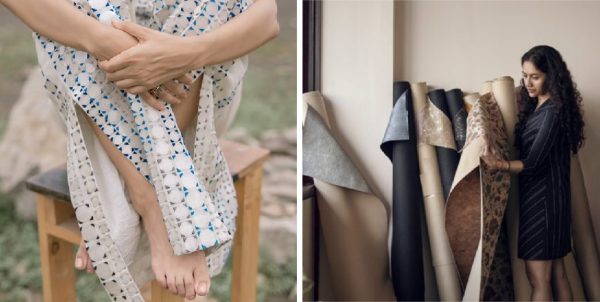
Fashion Goes Green! Saris from Banana, Shawls from Lotus, Jeans from Bamboo
Indian fashion designers are using sustainable methods in fashion industry.
We all are contributing to landfills by throwing trash, plastic, and other materials that we don’t want. This includes polyester and cotton clothes too. Fashion industry and designers in India are turning towards sustainable fabric materials by moving away from polyester and cotton. There is no doubt that organic cotton is good for body and cotton clothes are the most desirable materials for all age groups. What we don’t know is, cotton needs more water to grow and to get one kilo of cotton farmers need more than 5000 liters of water and is expensive when it comes to organic cotton.
To combat growing concern of landfilling and the price hike, fashion designers are using alternate fabric from plants. While Mexican brothers successfully used cacti to manufacture jackets, Indian textile industries are using natural fibers extracted from many edible plants including hemp, jute, lotus, bamboo, flax, banana, pineapple, sugarcane plants by using their cellulose, lignin, pectin to convert into textile fibers.
Traditionally India has been using Agave, Banana, Aloe, jute plants to extract fabric for various purposes. Coconut husk is used for making hard ropes!
Sekar from Anakaputhur is known for his Limca Book of Record for weaving a saree pallu using 25 different natural fibers!
In India, banana plants and leaves are used in day to day lives extensively for various purposes. This could be for decoration, food serving, packing materials etc. C. Sekar who hails from Tamilnadu’s Anakaputhur is president of Anakaputhur Weavers Association says banana stems are the best source to make yarn. Anakaputhur weaving community is associated with textile industry and they use banana, pineapple, bamboo, Aloe vera plants fibers to make yarns. They also have used lotus plants to get silk yarn.
After extracting the yarn, they use natural dyes from turmeric and indigo. Yarn will be treated with herbs, spice and cow dung because of their antibacterial properties. Tulsi and mint plants are used to ensure a check on skin allergies so that saris should not cause any skin ailment! Using natural fibers this community weave saree and it takes 4 to 5 days to complete one saree. Ananafit is brand name of Sekar’s products.
Hemp is another alternative fabric plant used for garments. In India hemp cannot be grown legally. Neha Rao who is head of Hemp Fabric Lab of Bomby Hemp Company (BOHECO) says, they have to import yarn from China and other South Asian countries. Hemp garments are much softer and comfortable.
Arundhati Kumar from Kerala uses cork extracted from cork plant, pinatex from pineapple leaves and desserto from cactus pulp to make vegan leather. Her brand Beej makes handbags, belts and clutches using vegan leather.
Women’s garment made of plastic waste!
Priyal Turakhia based in Siliguri has taken recycling of plastic to a new level. She uses single use plastic to make plastic sequences and beads on handwoven organic cotton for wearable, eye catching fashion. She also has zero-dyeing approach to avoid water pollution in fashion industry. Her brand is named Could Be. Priyal was inspired by the Japanese philosophy of Kintsugi to create Could Be. It incorporates single-use plastics from various plastic scraps including bottles, colorful caps and turning them into something beautiful like skirts and in future to make contemporary designs including daily wear.
Jeans and comforts made of viscose from bamboo is a trend in many countries. Like other plants bamboo is 100 percent biodegradable and keeps water and soil clean. Bamboo fabric gives immense comfort for people who suffer from various conditions including cancer. Bamboo denim jeans in fashion industry is known for material health, recyclability, and traceability.
There is a new trend in Fashion designing. Focus of this new trend is to improve the fashion industry and the environment. While brands like Hugo Boss, Paul Smith, H&M are using Pinatex from pineapple leaves, Prada and Gucci are also opening for plant-based fabric. India’s handloom wavers are also willing to incorporate the new ideas. All they need is support from the public and Government.
References and images attribution:
- C. Sekar @ https://www.facebook.com/iananafit/
- https://www.indulgexpress.com/
- www.ndtimes.com
- https://www.expressionfiberarts.com/
- https://www.zee5.com/
- www.betterindia.com
Author: Sumana Rao | Posted on: March 16, 2022
« Seed mother Rahibai Popere WHO : This year’s World Food Safety Day June 7th, “Safer food, Better Health” »


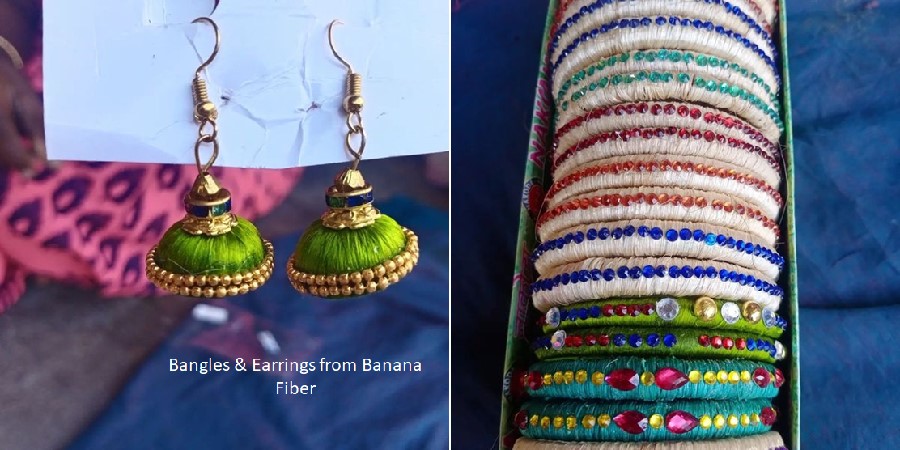
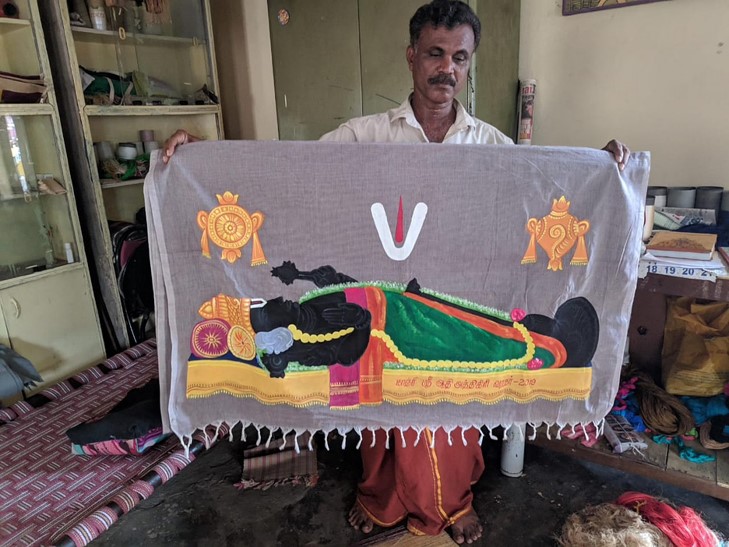
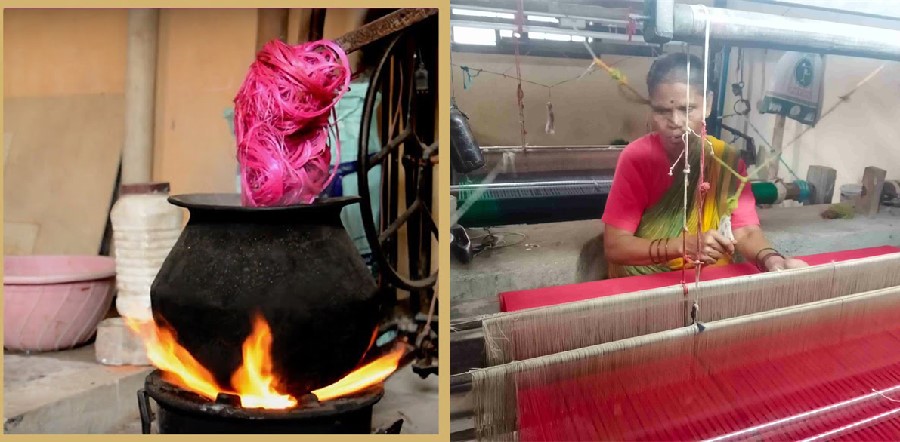

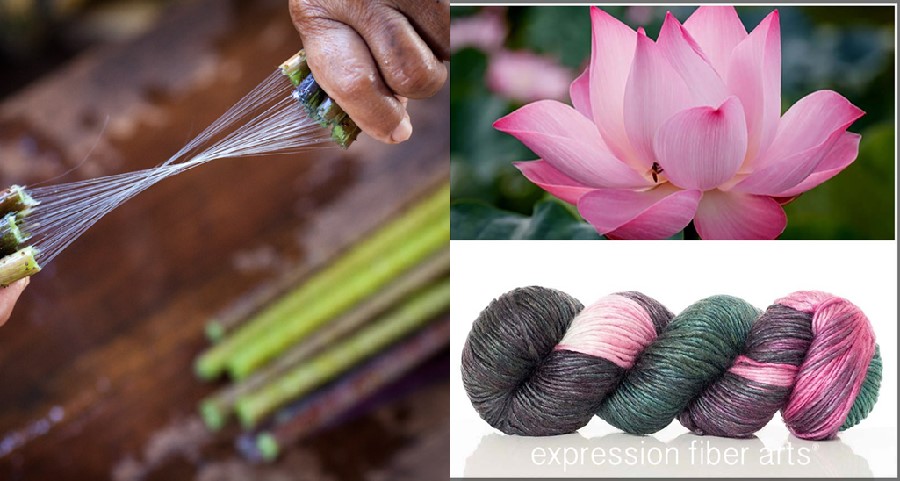




















Write a comment